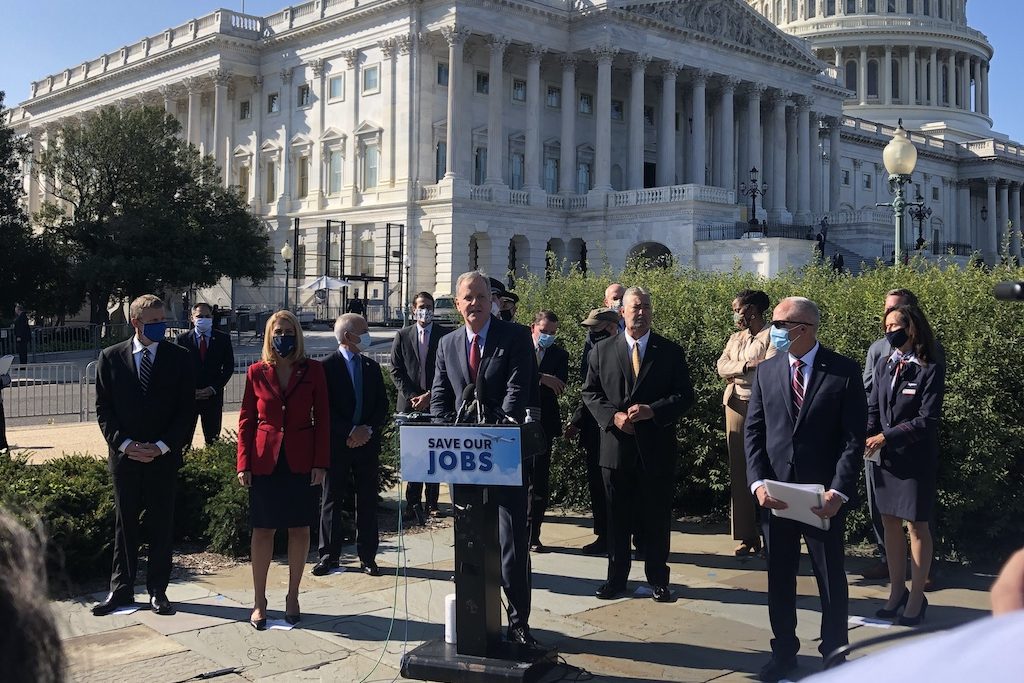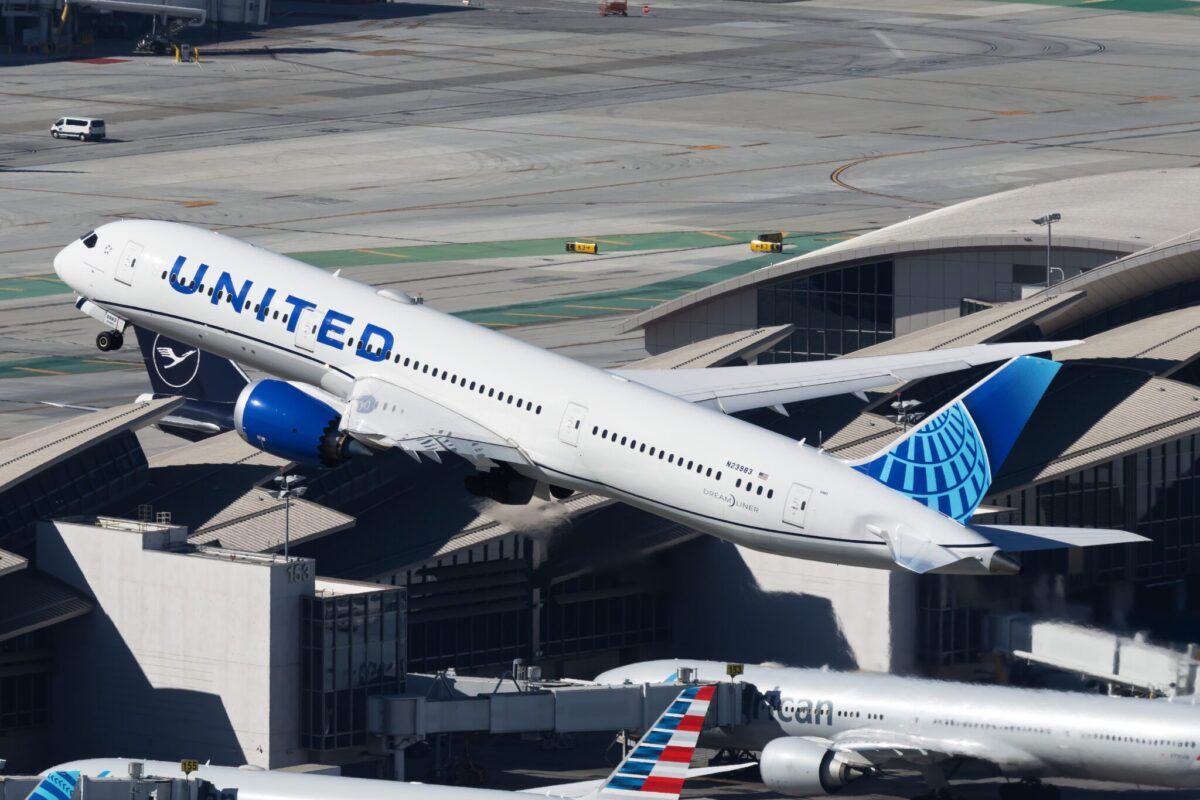U.S. Airlines Shed the Most Jobs in 3 Decades After Federal Relief Expired

Skift Take
It's a rough time to work for an airline.
In the single largest monthly employment drop since September 1990, U.S. carriers let go of nearly 37,000 people in October, new data from the U.S. Bureau of Transportation Statistics shows. The culling followed the expiration of employment protections under the federal coronavirus aid package, or CARES Act, on September 30.
“Terrible Thursday,” as Cowen airline analyst Helane Becker labeled October 1 earlier this year, was very real.
The crisis has hit airlines hard. After posting more than $17 billion in profits in 2019, North American carriers are forecast to lose as much as $46 billion this year, according to the latest estimates from the trade group International Air Transport Association (IATA). Passenger traffic is expected to fall by more than half.
With balance sheets bleeding red and passenger numbers at levels not seen since the 1970s, the industry was forced to cut costs by shrinking its workforce. Nearly every carrier sought to do this through voluntary offerings — or packages offering staff incentives to leave — but few were able to completely avoid involuntary staff reductions.
The double-digit drop in October, while severe, was expected. Airlines warned more than 30,000 staff of possible furloughs ahead of the end-September deadline. In the waning days of September, there was hope that Congress would the CARES Act payroll support program by six months. This push included a rare pandemic press event on the lawn of the U.S. Capitol.
“We have eight days until the egg is scrambled and we can’t go back,” Association of Flight Attendants-CWA president Sara Nelson said at the September 22 event. By going back, she referred to the many government-required certifications airline employees need to their jobs that expire once their employment ends.
Congress failed to act by October 1. And, even with bipartisan support on Capitol Hill, has yet to move on an extension of the payroll support program in the months since. Now, some fear a deal will not pass until after the new administration is sworn in on January 20.
Airlines have promised to bring back furloughed staff if Congress extends support. However, it remains to be seen how long these promises — many made in October — will stand amid the still struggling air travel recovery.
The latest data from trade group Airlines for America (A4A) shows U.S. passenger numbers down 66 percent during the week ending December 8 compared to a year earlier. Covid cases continue to rise with the Centers for Disease Control and Prevention recording a record 231,396 new infections on Wednesday.
Airlines shed nearly 85,000 staff from the beginning of 2020 through October, BTS data shows. This represents a nearly 19 percent reduction including both voluntary and involuntary departures.
In an email, Becker at Cowen said the October reduction was “consistent” with estimates of a 100,000- to 150,000-person headcount reduction by U.S. carriers in 2020.
Airlines argue that their shrunken ranks will slow their ability to resume flights once travelers return in significant numbers. This could in turn hamper the broader economic recovery if flights and travel are limited.
For example, carriers have begun indefinitely suspending or ending service outright to communities across the country. Cities like New Haven, Connecticut, and Worcester, Massachusetts, have even lost all commercial air service.
“If you stop service to a city, it’s harder to get back in,” warned United Airlines CEO Scott Kirby at the Capitol lawn event in September.
Some carriers have used the crisis to expand their base. Southwest Airlines will add 10 cities, including Miami, Palm Springs and Savannah, to its map from November through next June. The expansion is the quickest in its history but comes as the airline’s overall capacity remains down around 40 percent year-over-year.
Gary Kelly, CEO of Dallas-based Southwest, has said the strategy is about expanding the airline’s revenue base when travelers are looking for breadth over depth. However, it has not been enough to avoid what would be the airline’s first ever involuntary reductions — it has warned more than 7,000 staff of possible furloughs in the new year.
How much airlines are inflating the effect of furloughs on the recovery remains to be seen. What is clear is the industry is an economic heavy hitter. Civil aviation, including airlines, supports nearly 10 percent of all U.S. economic activity, according to a January report from the Federal Aviation Administration.
Ten percent is no small number as Washington looks to get the economy back on track after the pandemic.




